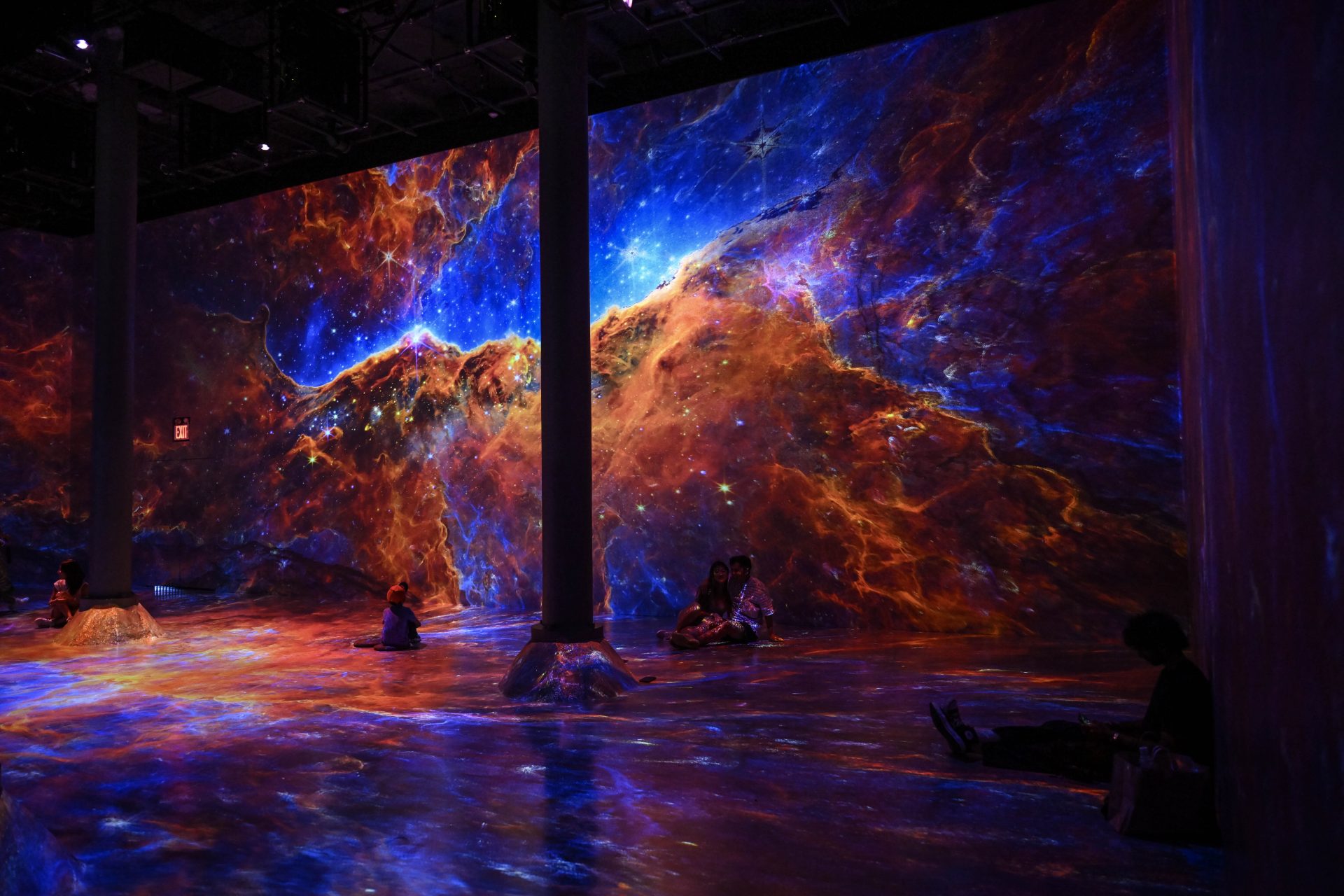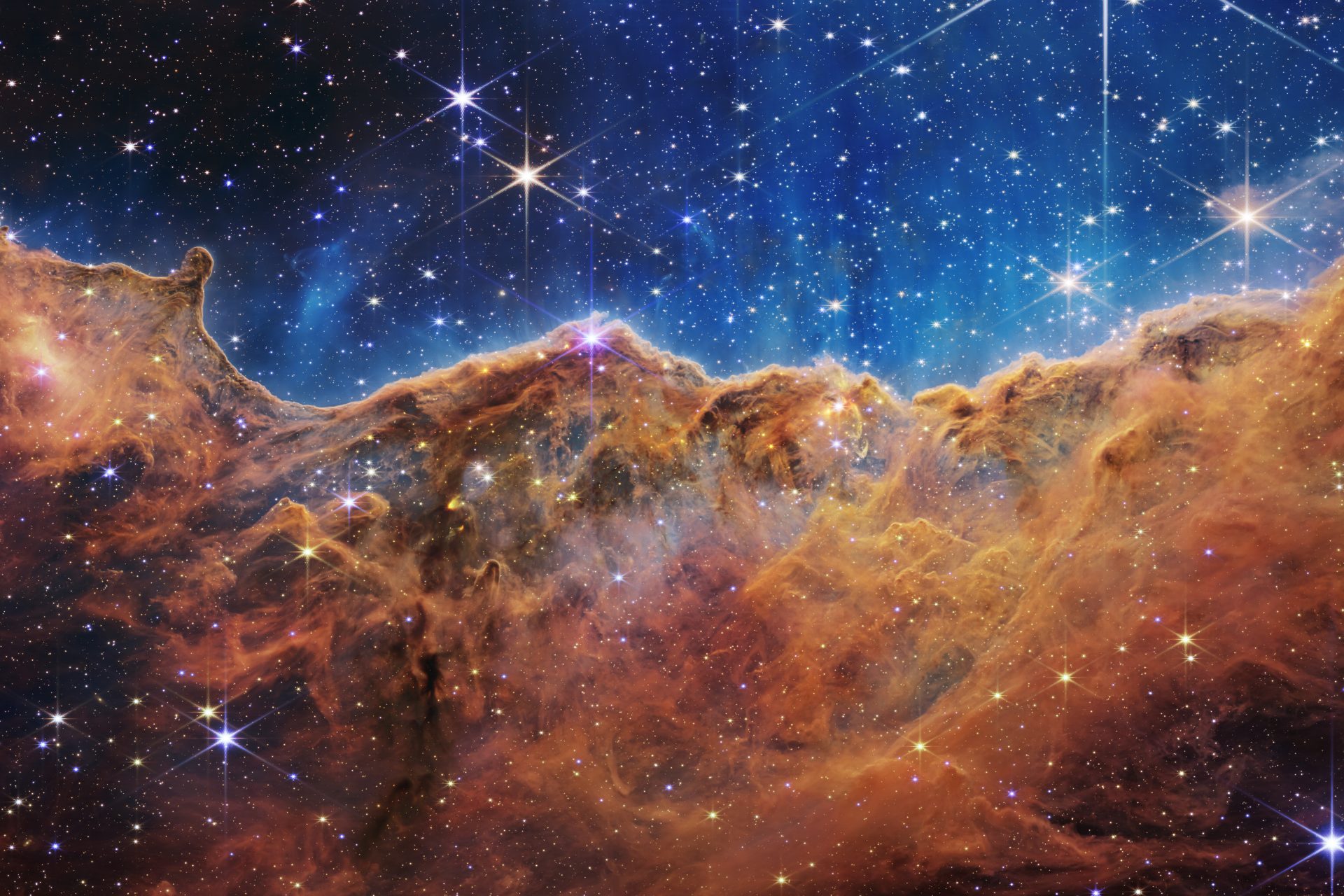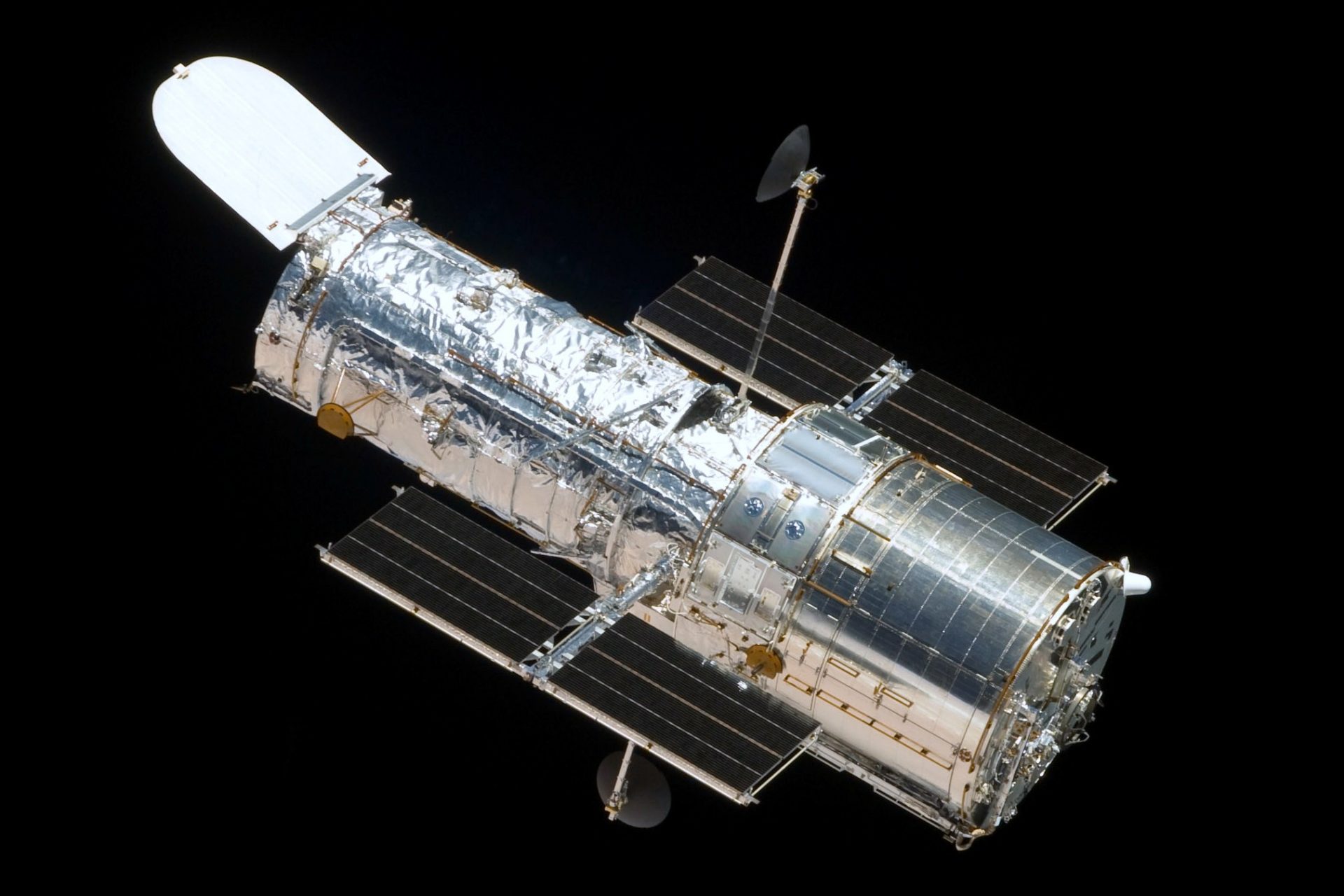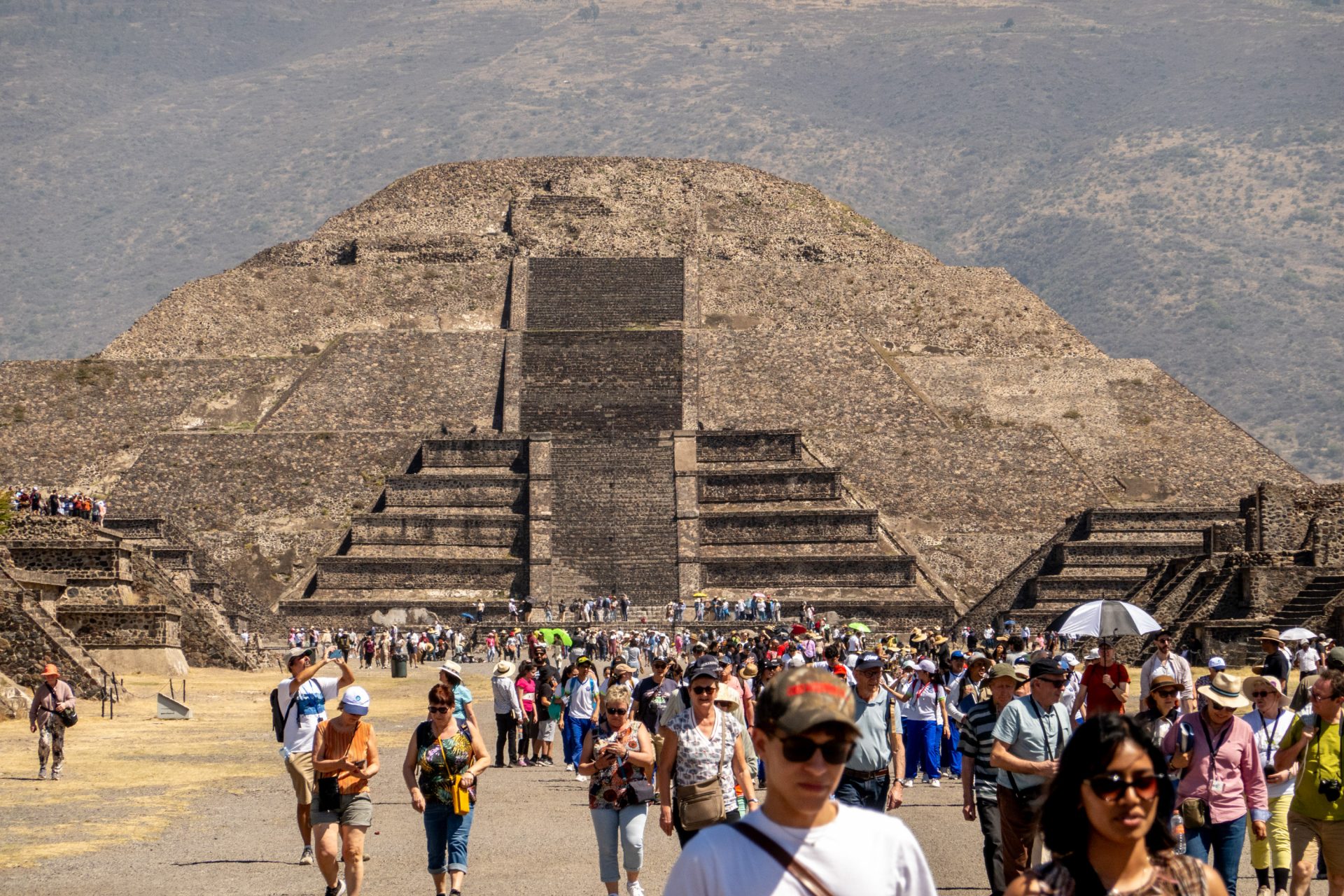Starlight from ancient quasars was the 2023 discovery that changed everything
The James Webb Space Telescope has snapped a lot of mind-blowing beautiful images of our universe since it was launched into space. But the world's newest piece of advanced space tech has been doing a lot more than just taking pictures, it's been making groundbreaking discoveries.
One of the most important revelations that has come from the scientists and astronomers working with all the new data from the James Webb Space Telescope was an answer to one of space's oldest questions: What does the starlight from the universe's oldest galaxies look like?
Photo Credit: Wiki Commons By National Aeronautics and Space Administration/ European Space Agency/ Canadian Space Agency/ Space Telescope Science Institute
In what was a first-of-its-kind discovery, astronomers viewed light from two of the universe’s earliest galaxies in 2023. This light was previously unobservable because each of the galaxies hosts a quasar—a celestial phenomenon thought to be powered by supermassive black holes.
Detecting the light of galaxies in the glare of a quasar is very difficult, especially when it is being attempted at vast distances according to a statement from the Kavli Institute for the Physics and Mathematics of the Universe (Kavli IPMU) that was published by PsyOrg.
Prior to the launch of the James Woods Space Telescope, the Hubble Space Telescope was one the only tools that astronomers had to investigate what happened in the first few billion years after the Big Bang.
While it was a powerful tool in its own right at the time of its launch, the Hubble Telescope could only be used by astronomers to detect light from galaxies that hosted quasars 3 billion years after the initial creation of our universe.
Photo Credit Wiki Commons By Ruffnax (Crew of STS-125)
However, the James Webb Telescope changed our ability to see deep into the universe's past and see light further back, it also completely changed everything we thought we knew about the universe's early formation. But before we explain that it's important to know a thing or two about quasars.
The Max Planck Institute for Astronomy had members on the team that discovered the light from two ancient galaxies and issued a statement about the findings in which they explained that quasars were one of the brightest objects in the universe.
Unfortunately, astronomers have never viewed light from the earliest quasars in our universe and it was not known until recently how they might have differed from the quasars we have been able to view in the sky prior to the launch of the James Webb Space Telescope.
Interestingly, the Max Planck Institute for Astronomy pointed out that the ancient quasars and their host galaxies observed by the group of international researchers were similar to modern galaxies, which prompted even more questions than it answered about the early universe.
That’s because there is a direct correlation between the mass of modern galaxies and the size of a galaxy's supermassive black hole according to the Max Planck Institute, and astronomers observed this same relation in the ancient quasars but don’t yet understand what it means.
“It is not, at this point, clear what this means and how this comes about—but it is likely to be relevant for attempts to solve a persistent riddle about early supermassive black holes,” the June 28th statement from the Max Planck Institute for Astronomy read.
The “persistent riddle” the Max Planck Institute was referencing was actually just the questions astronomers still have about how early supermassive black holes were able to gain a large amount of mass in a relatively short amount of time on the cosmic scale.
Light observed from the two galaxies was estimated to be less than roughly one billion years old, which means it comes from a period when the universe was only 10% of its current age according to the statement from the Max Planck Institute for Astronomy.
To put that into perspective, Space.com noted that the light viewed by the astronomers took between 12.8 billion and 12.9 billion years to reach Earth, which is how they dated the galaxies to between 870 million to 880 million years after the Big Bang.
“The findings could eventually help scientists better understand how supermassive black holes quickly grow to masses equivalent to millions or billions of suns and how they and the galaxies that host them evolve hand-in-hand,” Space.com explained.
Knud Jahnke was a member of the research team that discovered the ancient galaxies and explained that “25 years ago, it was amazing to us that we were able to observe host galaxies from 3 billion years back, using large ground-based telescopes.”
“The Hubble Space Telescope allowed us to probe the peak epoch of black hole growth 10 billion years ago. And now we have [the James Wood Space Telescope] available to see the galaxies in which the first supermassive black holes emerged,” Jahnke added.
The team that made the discovery of the ancient galaxies has been awarded more time with the James Webb Space Telescope in its next cycle according to Kavli IPMU so they can study one of the quasars in more depth and hopefully reveal even more secrets, hopefully enough to reveal more mysterious about the early universe.
More for you
Top Stories
































